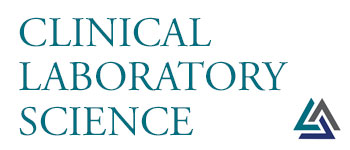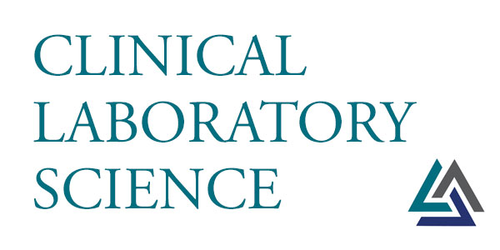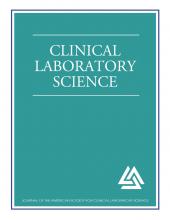This article requires a subscription to view the full text. If you have a subscription you may use the login form below to view the article. Access to this article can also be purchased.
Abstract
The late 1800s through the early 1900s saw the rapid development of growth media containing various substrates, i.e. carbohydrates, to identify and differentiate microbes isolated from clinical specimens. However, during the 1950s, an evolution of diagnostic services occurred created by a growing population with access to health insurance and the subsequent requirement for quality healthcare. The utilization of miniaturized, multi-test kits provided the first significant advancement of the biochemical, growth-based approach needed to handle the increased demand for clinical services. These testing kits provided reductions in labor and material costs associated with making, maintaining, inoculating, and reading tubed and plated media, while also reducing the time required to identify microbial isolates. The trend to improve laboratory efficiency and quality continued with the incorporation of automation and computers throughout the 1970s. Automated systems greatly increased the testing capacity of laboratories by allowing the simultaneous determination of identification and antimicrobial susceptibilities from one inoculum, and by further reducing the time to identification to hours instead of days. Within just the last 10-15 years, development and integration of a new growth-based approach for identification has occurred in the form of matrix-assisted laser desorption ionization-time of flight mass spectrometry (MALDI-TOF MS). The mass spectrometric approach provides the lowest cost per analysis and fastest time to identification after isolation of any current technique available in the microbiology laboratory. As healthcare costs and demand continue to increase, and more hospitals look to consolidate laboratories, fully automated facilities incorporating mass spectrometry for identification, along with molecular methods, will become commonplace.
- Received July 16, 2019.
- Revision received January 6, 2020.
- Accepted January 7, 2020.
- Published by American Society for Clinical Laboratory Science






